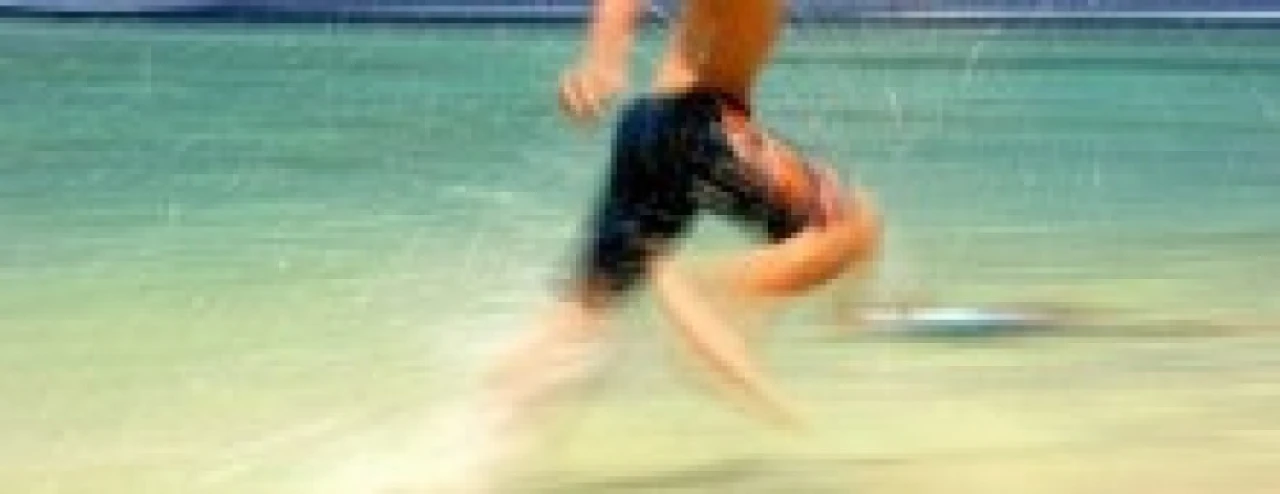Undersøkelser viser at individer som løper barbent og lander på forfoten har mindre kollisjonskrefter enn løpere som løper med sko, men lander på hæl. Dette er trolig på grunn av større plantarfleksjon og dermed bedre dempingsevne i ankelen for barfot-løpere.
Foot strike patterns and collision forces in habitually barefoot versus shod runners
Humans have engaged in endurance running for millions of years1, but the modern running shoe was not invented until the 1970s. For most of human evolutionary history, runners were either barefoot or wore minimal footwear such as sandals or moccasins with smaller heels and little cushioning relative to modern running shoes. We wondered how runners coped with the impact caused by the foot colliding with the ground before the invention of the modern shoe. Here we show that habitually barefoot endurance runners often land on the fore-foot (fore-foot strike) before bringing down the heel, but they sometimes land with a flat foot (mid-foot strike) or, less often, on the heel (rear-foot strike). In contrast, habitually shod runners mostly rear-foot strike, facilitated by the elevated and cushioned heel of the modern running shoe. Kinematic and kinetic analyses show that even on hard surfaces, barefoot runners who fore-foot strike generate smaller collision forces than shod rear-foot strikers. This difference results primarily from a more plantarflexed foot at landing and more ankle compliance during impact, decreasing the effective mass of the body that collides with the ground. Fore-foot- and mid-foot-strike gaits were probably more common when humans ran barefoot or in minimal shoes, and may protect the feet and lower limbs from some of the impact-related injuries now experienced by a high percentage of runners.
Daniel E. Lieberman1, Madhusudhan Venkadesan1,2,8, William A. Werbel3,8, Adam I. Daoud1,8, Susan D’Andrea4, Irene S. Davis5, Robert Ojiambo Mang’Eni6,7 & Yannis Pitsiladis6,7
- Department of Human Evolutionary Biology, 11 Divinity Avenue,
- School of Engineering and Applied Sciences, Harvard University, Cambridge, Massachusetts 02138, USA
- University of Michigan Medical School, Ann Arbor, Michigan 48109, USA
- Center for Restorative and Regenerative Medicine, Providence Veterans Affairs Medical Center, Providence, Rhode Island 02906, USA
- Department of Physical Therapy, University of Delaware, Newark, Delaware 19716, USA
- Department of Medical Physiology, Moi University Medical School, PO Box 4606, 30100 Eldoret, Kenya
- Faculty of Biomedical & Life Sciences, University of Glasgow, Glasgow G12 8QQ, UK
- These authors contributed equally to this work.
